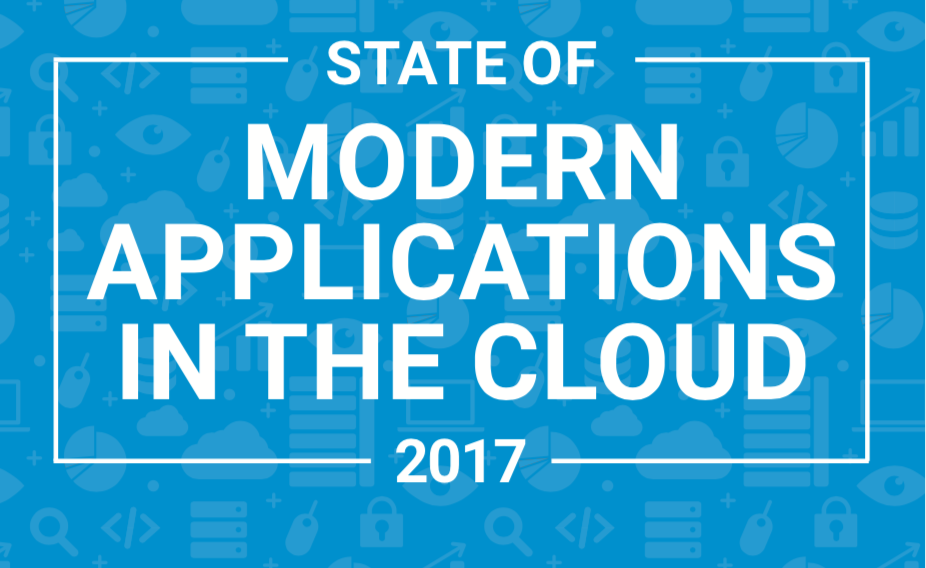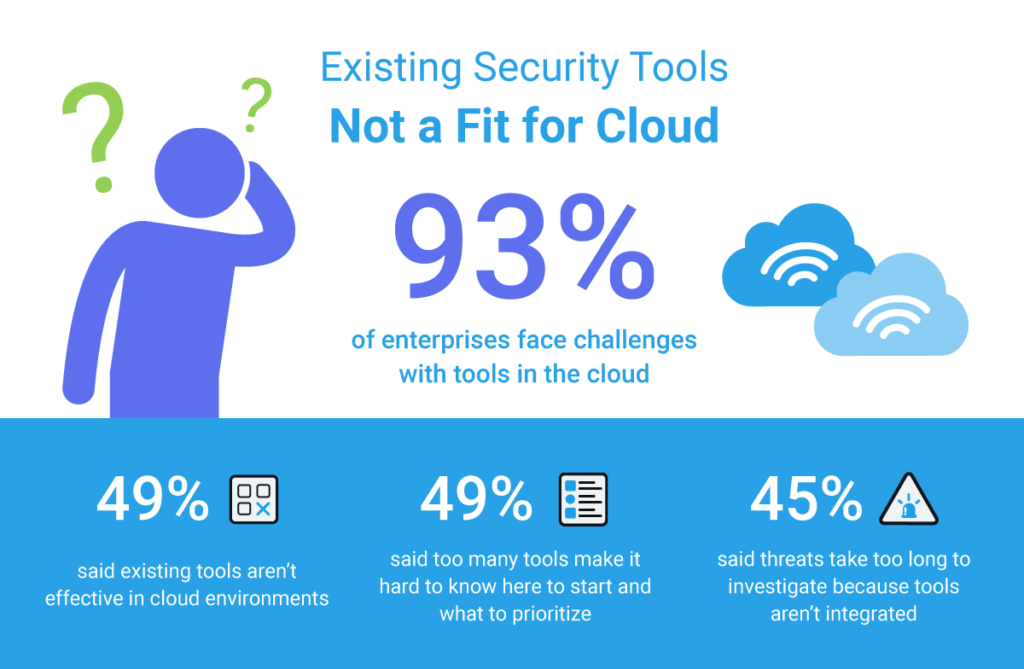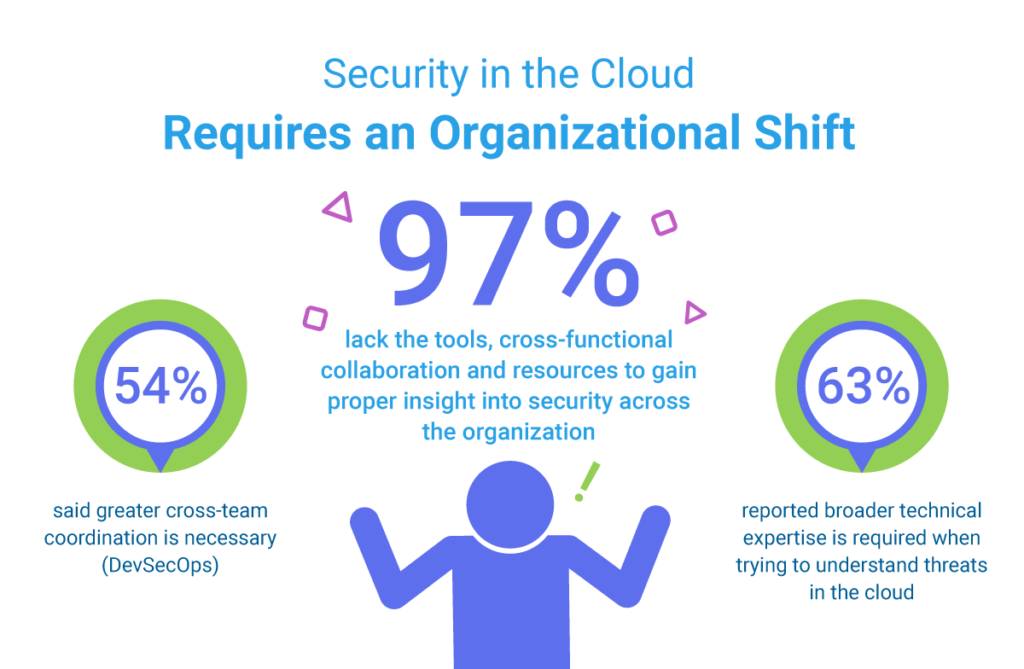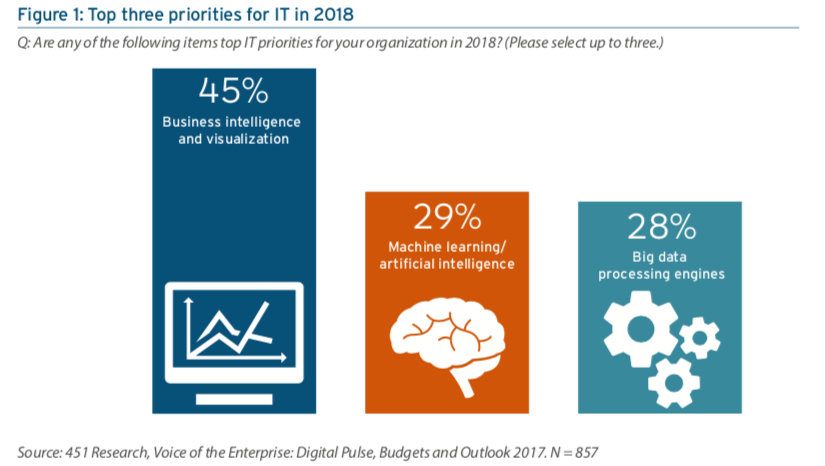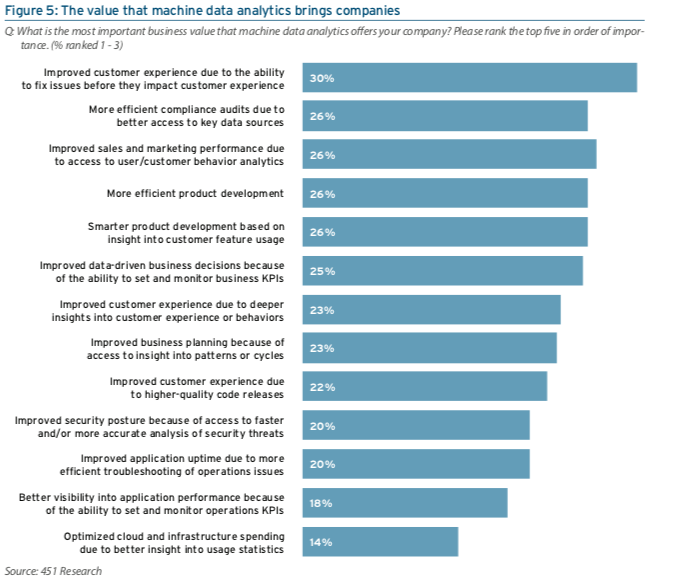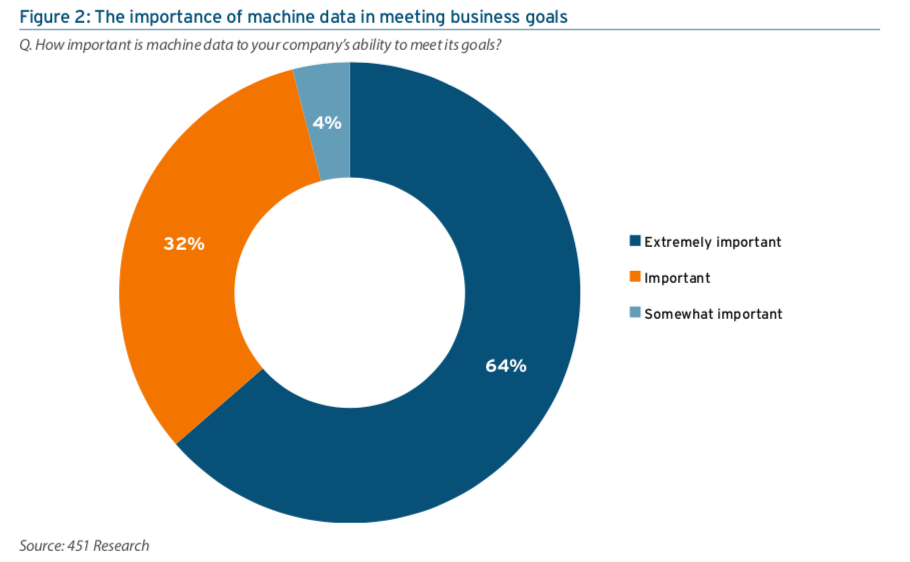Evaluate your SIEM
Get the guideComplete visibility for DevSecOps
Reduce downtime and move from reactive to proactive monitoring.
July 10, 2018
There is no question the adoption of public cloud services by businesses is growing at an aggressive rate. And Europe is quickly catching up. Despite increasing pressure from regulatory forces, research by Forrester [content gated], shows adoption growth rates in the European public cloud services market are rapidly catching up with adoption rates in the U.S.
Usage of public cloud services in Europe increased sharply to 57 percent in 2017, up from 39 percent in 2016; the percentage of infrastructure in the public cloud rose to 21 percent in 2017, up from 16 percent in 2016. Forrester further says decision makers no longer see public cloud platforms as a different way to get affordable compute and storage, but instead recognize the role public cloud services play in giving them the agility, flexibility and capability to pursue their own digital transformation.
Our own data from our 2017 State of Modern Applications in the Cloud report also show European companies are keen to move over to cloud services and deploy their applications using new infrastructures like containers. In 2017, adoption of Docker and Kubernetes in EMEA was higher than in the U.S. and APAC regions, and increased to 27 percent and 9 percent respectively, whilst usage of Lambda doubled to 24 percent. NoSQL databases (Redis, MongoDB, Cassandra and DynamoDB) in production environments are increasingly used over relational technologies (MySQL and PostgreSQL).
Only 43 percent of companies in Europe are making use of cloud-native compliance and security tools, compared to over 51 percent in the U.S. suggesting that European companies are falling behind businesses in the U.S. when it comes to tracking security issues in the cloud.
As companies continue to move over to Lambda and Docker to control their container deployments, they also need more management insight into how these infrastructures are performing over time, as well as how these new deployments will be secured moving forward.
Data from our 2018 Global Security Trends in the Cloud report, which surveyed nearly 300 security professionals across the U.S. and EMEA, shows security teams are mostly challenged by a need for broader technical expertise to understand threats in the cloud (63 percent). This is a fundamental issue: if teams don’t understand a security threat to their business, they have no way to address it. The other most cited challenges are the need for greater cross-team coordination (54 percent) and overloaded staff (51 percent).
Only 11 percent of EMEA companies involve both business and technology leaders in managing IT security strategy, suggesting EMEA businesses are on the right path, but need to do a better job of integrating business, IT and security operations across the organization. As more companies start to adopt DevOps processes, the impact on security will be felt more strongly over time.
A vast majority of EMEA respondents (86 percent) also stated that the need to investigate both application and infrastructure layers has increased as IaaS investments have grown. This implies an emerging need for converged operations and security solutions, by integrating application insight and infrastructure defense together.
The study also finds that only nine percent of EMEA security professionals feel today’s on-premise tools are adequate for the cloud. Globally, respondents say that existing tools simply aren’t effective for cloud environments (49 percent); there are too many tools (49 percent); and lack of integration (45 percent), meaning threats take too long to investigate.
Companies using their on-premise security information and event management (SIEM) solution for cloud environments are also struggling. Most of them (83 percent) face challenges, with half (51 percent) reporting the issue is that their on-premises SIEM can’t effectively assimilate cloud data and threats. Most security stakeholders (96 percent) report their teams would deliver better security outcomes from tool changes including consolidation of existing tool capabilities (64 percent) and improved cross-team work flows for threat resolution (53 percent).
New and evolving technologies usually require new approaches to security, and the cloud is no different. With the adoption of public cloud, the challenge of ensuring security in cloud environments has not just disappeared as the data clearly suggest many companies are struggling to adapt their legacy tools for modern IT infrastructures.
We recently conducted a study in collaboration with 451 Research that found that forward-thinking companies – those that have a strong software-centric mindset – tend to be more advanced in their use of machine data analytics, with employees across the board using machine data on a weekly basis, and with line-of-business users who integrate machine data and business intelligence (BI) tools.
Larger companies are on the leading edge of this, discovering ways that machine data can drive continuous intelligence for organizations. They are embracing machine data to inform insight into user behavior, customer growth and compliance. Modern businesses are already using machine analytics for business insight, and to support user experience, and go beyond typical use cases for monitoring, security and troubleshooting.
Ease of use is the number one complaint holding businesses back from fully leveraging machine data because current tools lack self-service capabilities that make it easy for anyone to create reports.
Respondents also said that their tools lack real-time access to data, an important capability that enables continuous intelligence and supports several use cases around enhancing the customer experience. The speed with which users can access and act on important machine data insights is key to enabling smarter, data-driven decision-making in today’s fast-moving environments.
Other top features respondents said they’re currently missing include advanced analytics that automatically surface insight into performance problems or alert against key performance indicators (KPIs), and the ability to marry insight into the experience of individual customers with information about the user.
The report concludes that as machine data analytics tools quickly become a key component in the strategies of modern businesses emerging as leaders in their sectors, businesses relying on traditional tools to mine their machine data stand to lose ground to businesses with a strong software-centric mindset.
Our Business Value Assessment quantifies the value of our advanced machine data analytics platform to help customers achieve their goals and business objectives. Based on engagement with customers, we have identified eight drivers of business value.
With the rapid adoption of public cloud technologies in EMEA, a management system should be able to manage all of these technologies without any problems, whether applications run on AWS, Microsoft Azure and/or Google Cloud Platform (GCP), or immutable infrastructures and run-time containers (e.g Docker/Kubernetes) and use other application technologies like Apache/NGINX, databases (e.g MongoDB).
The challenge of ensuring security in cloud environments has not just disappeared despite the growth in adoption of new technologies. The data clearly suggests many companies in EMEA are struggling to adapt their legacy tools for modern IT infrastructures.
The speed at which users can access and act on important insights is becoming a catalyst and an enabler in today’s competitive, agile environment. Advanced analytics provide deeper insights into risk and performance problems and proactively alert against KPIs, unifying insights and intelligence into the experience of customers and their end users. To compete and thrive in the Analytics Economy, businesses need to turn traditional cost centers that include operations, security and user behavior analytics into engines that drive business value.
Driven by our deep insights and experience with over 2000+ customers, our secure-by-design, cloud-native, machine data analytics service delivers continuous intelligence from large volumes of data across the entire application lifecycle and underlying infrastructure stack in real time — all with the intent to give customers the tools they need to extract machine data and turn it into valuable insights for the best experience possible.
Reduce downtime and move from reactive to proactive monitoring.
Build, run, and secure modern applications and cloud infrastructures.
Start free trial
